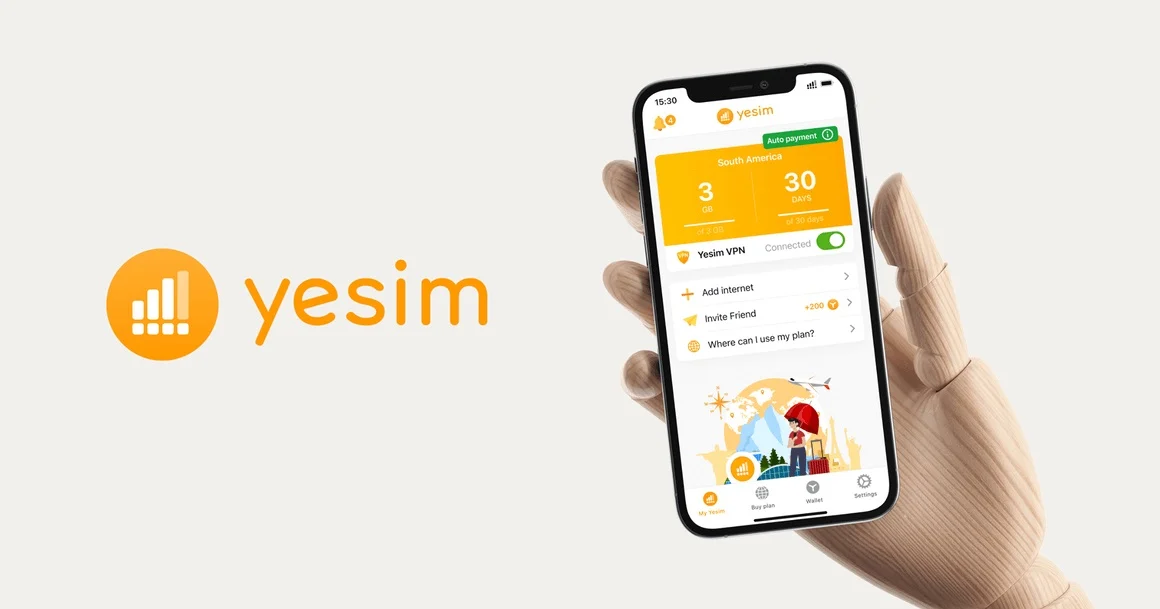
Business Without Borders: Why eSIMs Are Now a Must-Have for International Travel
The Evolution of Business Travel Connectivity
The market has responded enthusiastically to this innovation. According to Intel Market Research, the global travel eSIM market was valued at USD 325.62 million in 2023 and is projected to reach USD 734.16 million by 2030, growing at a CAGR of 12.36%.
North America leads adoption, with market size expected to increase from USD 90.44 million in 2023 to USD 208.50 million by 2030, while the Asia-Pacific region is following closely, projected to grow from USD 64.78 million to USD 144.26 million over the same period.
1. Eliminating Connectivity Gaps and Delays
“The ability to land in Singapore at 6 AM and immediately join a video conference from my taxi without hunting for a local SIM has transformed my productivity,” says Jennifer Chen, a global procurement executive who travels to 15+ countries annually. “What used to be dead time is now seamlessly productive.”
2. Revolutionizing Cost Management and Predictability
3. Enhancing Security and Compliance
“The security enhancements in modern eSIM platforms have been game-changing for our compliance requirements,” notes Michael Rodriguez, CISO at a global financial services firm. “We can now ensure our executives maintain the same security standards in Tokyo or Toronto as they do in our headquarters, without compromising convenience.”
4. Enabling Multi-Device Business Ecosystems
5. Supporting the Rise of “Bleisure” and Extended Business Travel
“Our executives increasingly add personal days to business trips, and our eSIM solution makes it simple to track and separate business versus personal data usage for expense purposes,” explains Sarah Johnson, Travel Manager at a multinational technology company. “It’s removed a major administrative headache while supporting better work-life balance.”
6. Integrating with Corporate Travel Management Systems
7. Enabling Advanced Business Applications Through 5G
“Five years ago, I would download everything I might possibly need before a trip because I couldn’t count on having sufficient bandwidth abroad,” recalls David Park, an architectural consultant. “Now with my eSIM connecting to 5G networks globally, I can access our entire building information modeling system in real-time during client site visits, completely transforming our international consulting capabilities.”










